
6 minute read
Domita
from Bover Catalog
Design by Benedetta Tagliabue & Joana Bover | 2019
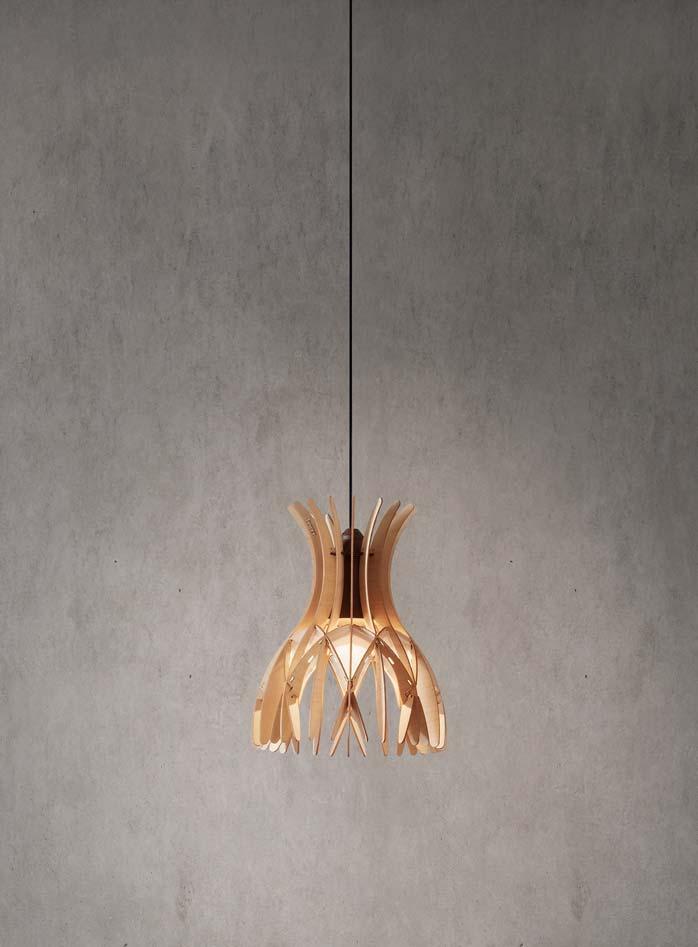
Familia / Family: Domita
S/20 S/20/3L S/20/4L S/20/7L S/20/13L S/20/19L M/36 Desde el principio de la creación de las Dome, sabíamos que tarde o temprano deberíamos ampliar la colección con versiones más pequeñas que nos permitieran crear espacios más livianos. Bajo estas premisas nacieron las Domitas, lámparas realizadas con finas lamas de madera que confluyen entre ellas, formando una pequeña cúpula que guarda en su interior la fuente de Led.
From the beginning of the creation of the Dome, we knew that sooner or later we should expand the collection with smaller versions that allow us to create lighter spaces. Under these premises were born the Domitas, lamps made with thin wooden slats that converge between them, forming a small dome that keeps inside the LED source.
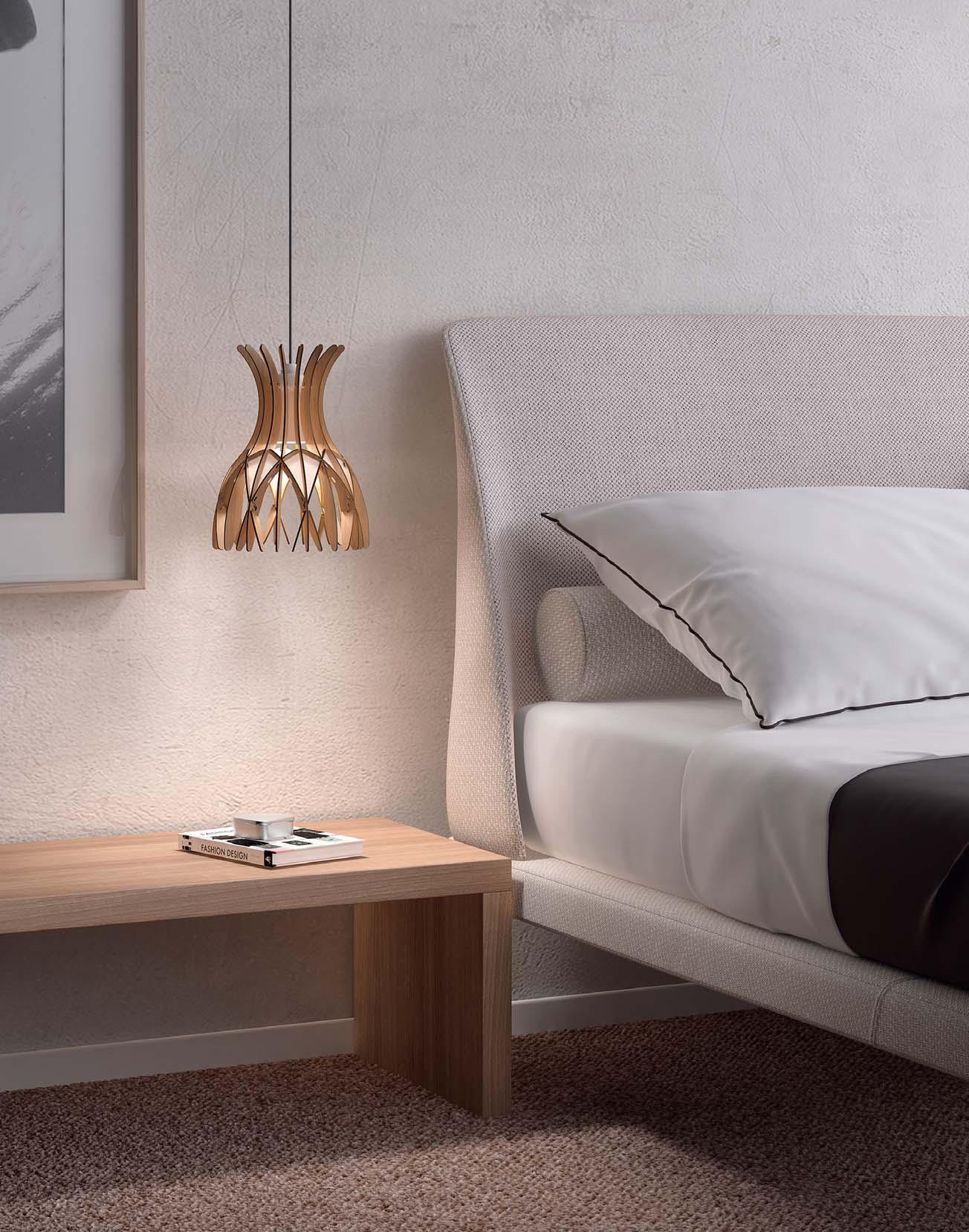
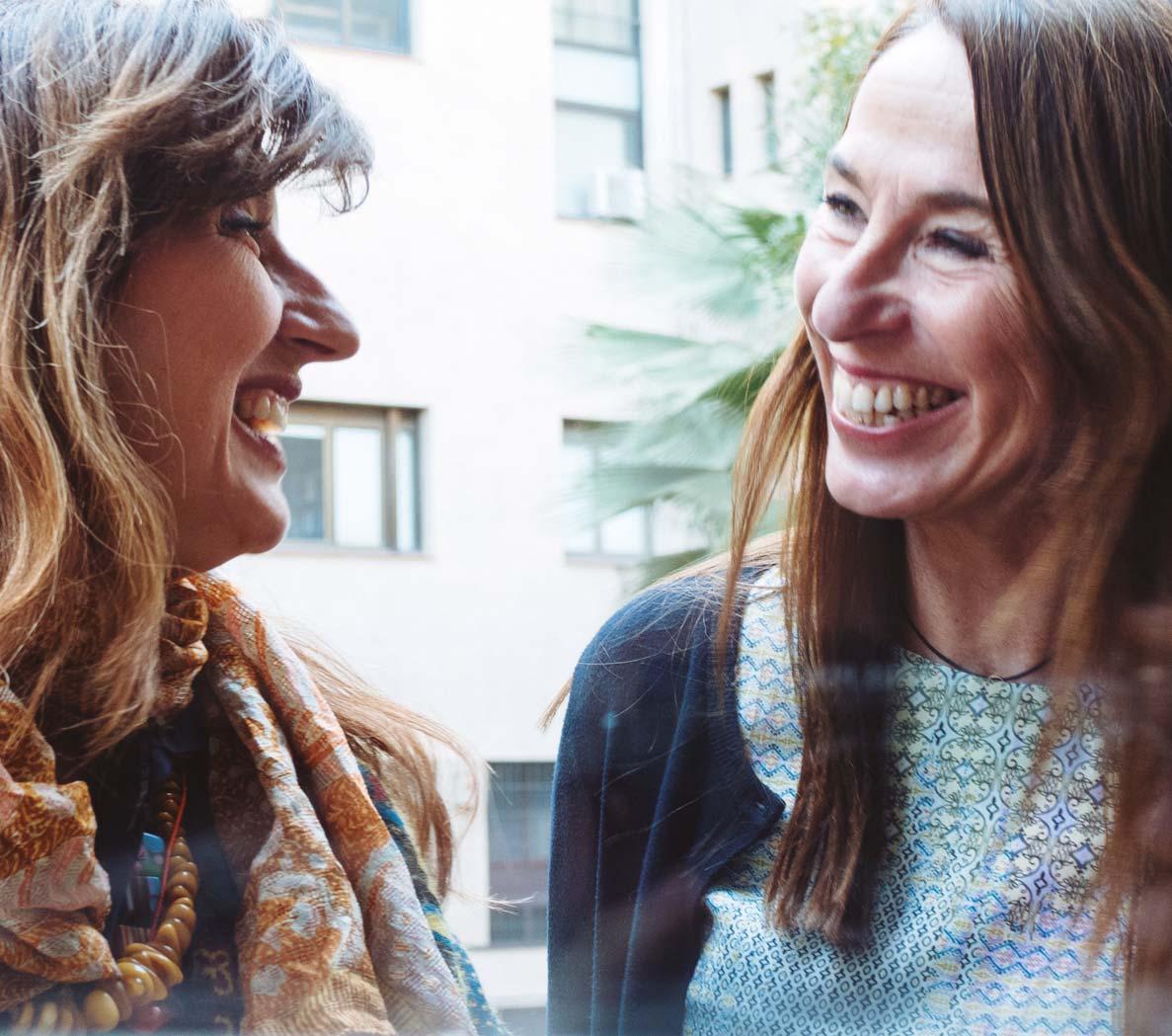
Benedetta Tagliabue & Joana Bover
Embarcarse en una nueva interpretación de las Dome era todo un reto, ¿Cómo y cuando nació la necesidad de desarrollar la Domita?
Joana: Las Domes tienen un gran formato porque fueron pensadas para espacios de grandes dimensiones. Sabíamos que tarde o temprano necesitaríamos una lámpara más pequeña que se adaptara a otro tipo de aplicaciones.
Una arquitecta que trabaja con edificios de grandes dimensiones y una diseñadora que conoce las posibilidades de la luz en pequeños espacios. ¿Cómo se han encontrado estos dos mundos en un proyecto común?
Benedetta: Lo bueno de nuestra historia común es que las cosas han ido saliendo de manera natural.
Joana es capaz de individualizar los objetos que se encuentra casi por casualidad en nuestro estudio. Maquetas que están pensadas para ser edificios y en las que ella ve la posibilidad de convertirlos en lámparas preciosas que iluminan los espacios que creamos. ¿Cómo convive esa espiritualidad y eternidad de la Dome, que está directamente relacionada con su tamaño con las Domitas?
Joana: La madera natural transmite una marcada identidad al producto, no obstante, es el juego de luces y sombras lo que confiere mayor carácter a las Dome y nosotros sabíamos que no queríamos perder la riqueza de sus matices.
Las Domita utilizan el mismo lenguaje que las Dome. Esa era la premisa básica. Trabajar con un objeto más liviano que nos ofreciera la misma identidad.
Domita de mesa o Domita para llevar
Benedetta: A las dos nos encanta la Domita de mesa. Es una lámpara que te llevas contigo porque te invita a cogerla. De hecho, esta versión interpreta muy bien nuestra manera de vivir, no totalmente formal.
Lámpara handcraft, materiales naturales
Joana: Es una lámpara artesanal, todas las piezas están cosidas a mano. El proceso es exactamente el mismo que en la Dome.
Además, la Domita de mesa rinde un pequeño homenaje a los carpinteros y artesanos que trabajan con las manos. El asa de la parte superior es una Barrena, la herramienta manual que los carpinteros han utilizado desde tiempos remotos para realizar agujeros en la madera o las superficies blandas. Es un elemento que te invita a cogerla, a llevártela.
Sois grandes amigas y las dos grandes creativas, ¿cómo es el proceso de creación juntas?
Joana: Es mágico. Bene lo que mejor sabe hacer son edificios grandes, Parlamentos, iglesias, pabellones, mercados o rascacielos y yo a su lado, hago cosas diminutas. Todo lo que hace lo voy viendo y sin darme a penas cuenta, lo voy transformando en mi cabeza. No es ningún esfuerzo por que lo ves y lo sientes.
Cuando estoy en su estudio y veo las maquetas me imagino lo que pasaría si les pusiera luz. Es inevitable, ¡hacen tan bien las maquetas! Me resulta muy fácil ver la lámpara acabada.
Benedetta: El conocimiento de Joana es importantísimo. Nosotros en el estudio podemos hacer ese juego de investigar y experimentar con las maquetas. Pero es Joana la que conoce bien el mercado, sabe bien qué luces existen y qué podemos aportar nosotros. Ella pone la imaginación en un terreno que nosotros no conocemos específicamente, nuestra ventaja es que compartimos el mismo modo de ver y sentir los objetos que nos rodean.
Embarking on a new interpretation of the Dome is a challenge. How and when was the need to develop the Domita born?
Joana: Domes were so big because they were designed for spaces with large dimensions. We knew that sooner or later we would need a smaller lamp that could adapt to other kinds of applications.
As an architect who works with large buildings and as a designer who knows the possibilities of light in small spaces like no other; how have these two worlds been found in a common project?
Benedetta: The good thing about our common friendship is that things have been coming out naturally.
Joana is able to identify those objects that are almost by chance in our studio. Models that are designed to be buildings in which she sees the possibility of becoming precious lamps to illuminate the spaces that we create. How does that spirituality and eternity of the Dome, which is directly related to its size, coexist with the Domita?
Joana: The natural wood transmits a noticeable identity to the product, however, it is the play of light and shadow that gives the Dome more character and we knew that we did not want to lose the richness of its nuances.
The Domita use the same language as the Dome. That was the basic premise. To work with a lighter object which offers us the same identity.
The Domita table lamp
Benedetta: Both of us love the Domita table lamp. It is a lamp that you want to take with you. In fact, this version interprets well our way of living, which is not totally formal.
Handmade lamp, natural materials
Joana: It is a handmade fixture. All the pieces have been sewn by hand. The process is exactly the same as in the Dome.
In addition, the Domita table version integrates a small tribute to the carpenters and craftsmen who work with their hands. The handle on the top is the tool that carpenters have used all their lives to drill holes in wood or soft surfaces. It is an element that invites you to take it and carry it away. You are great friends and both so creative, how is the creation process together?
Joana: It’s magic. What Bene knows best are large buildings, Parliaments, churches, pavilions, markets or skyscrapers and on the other hand, I do tiny things. Everything that I do I see and, almost without realizing, transform in my head. It’s not an effort because you see it and you feel it.
When I’m in her studio and I see the models, I imagine what would happen if I illuminate them. It’s inevitable because they make such good models! It is very easy for me to imagine the finished lamp.
Benedetta: Joana’s knowledge is very important. When we are in the studio, we can play at interpreting and experimenting with models. But it is Joana who understands the market well, knows what kind of lamps already exist and what can we offer. She puts the imagination into a field that we do not know specifically, our advantage is that we share the same way of seeing and feeling the objects that surround us.
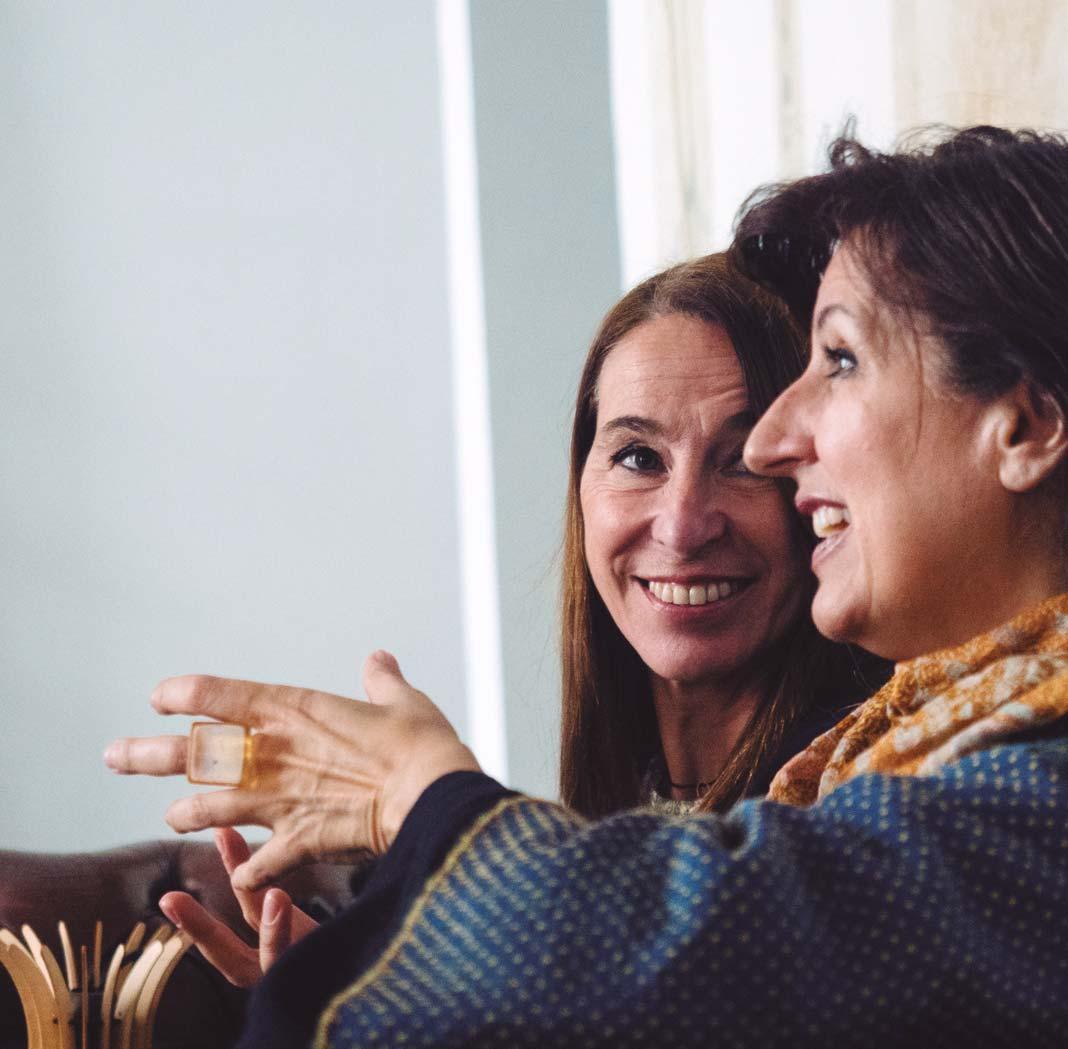
Domita S/20/19L
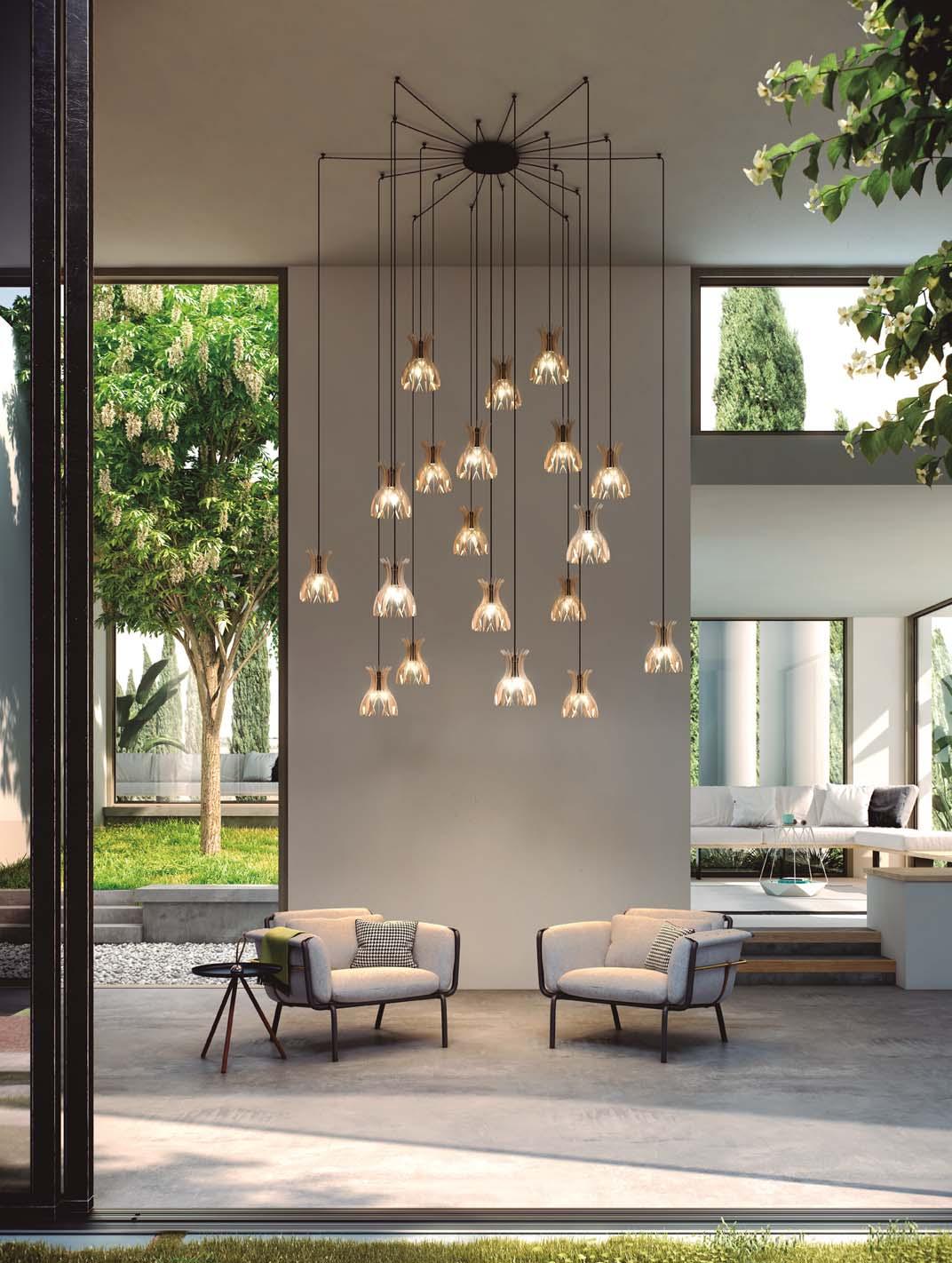
Dome 60/02
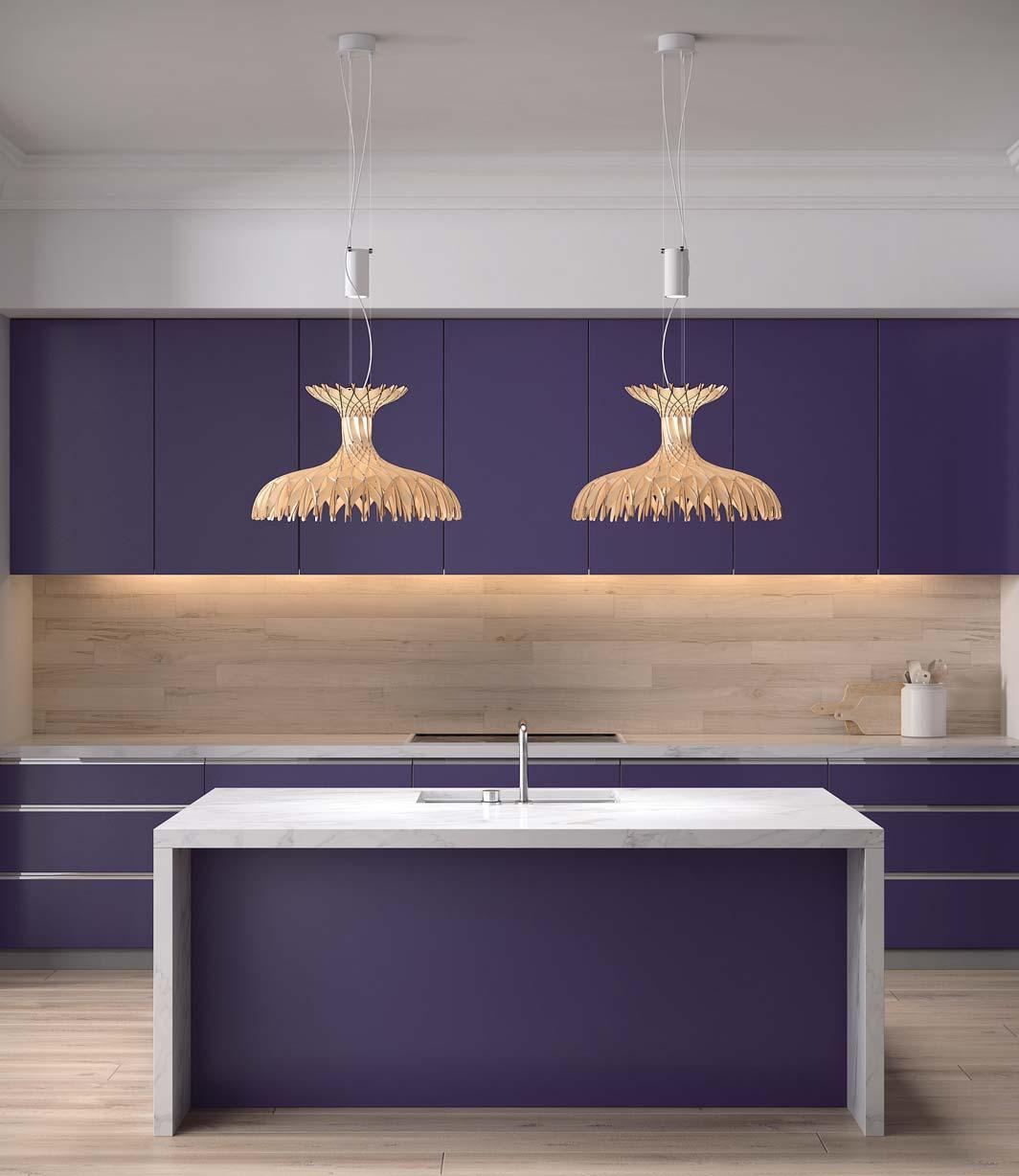
Familia / Family: Dome
60/01 60/02 90 180






